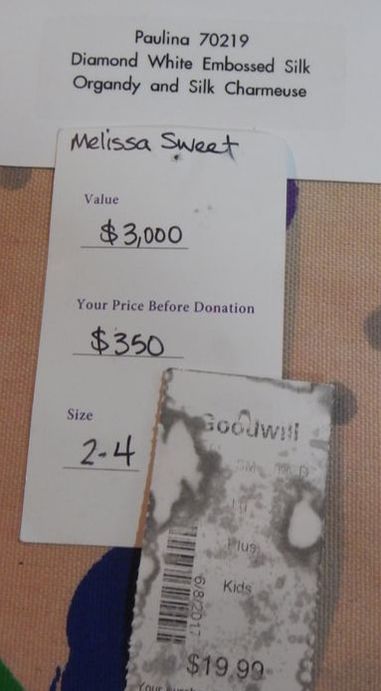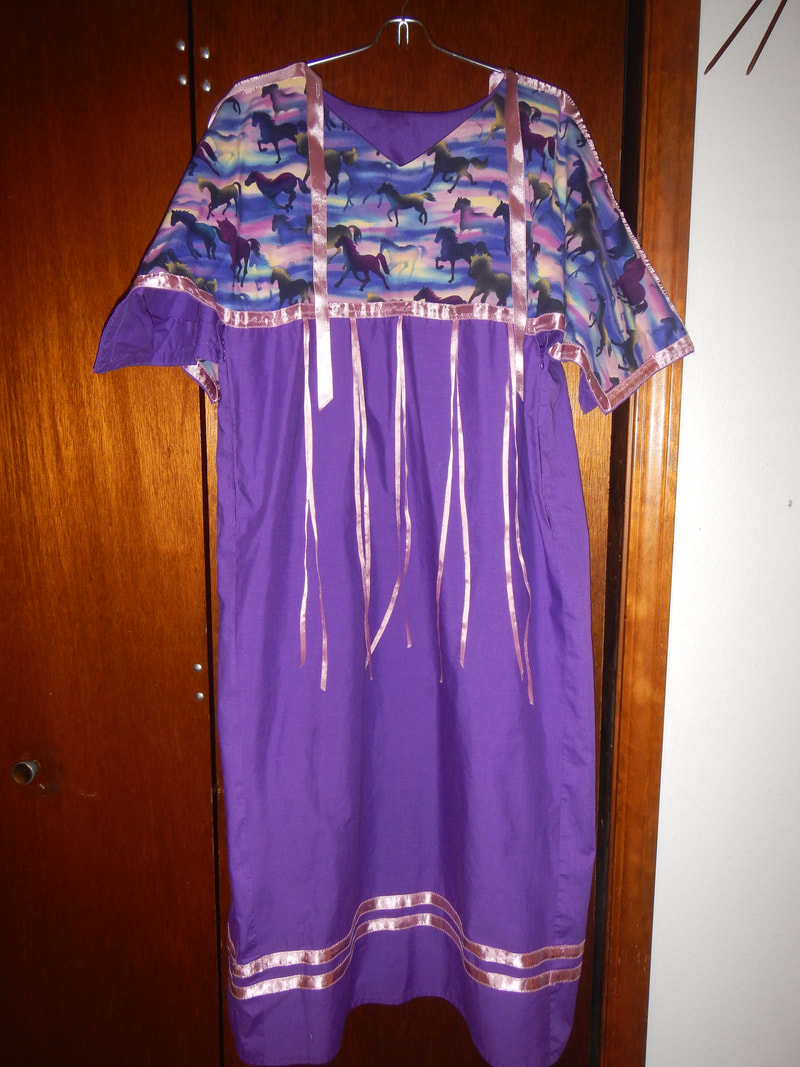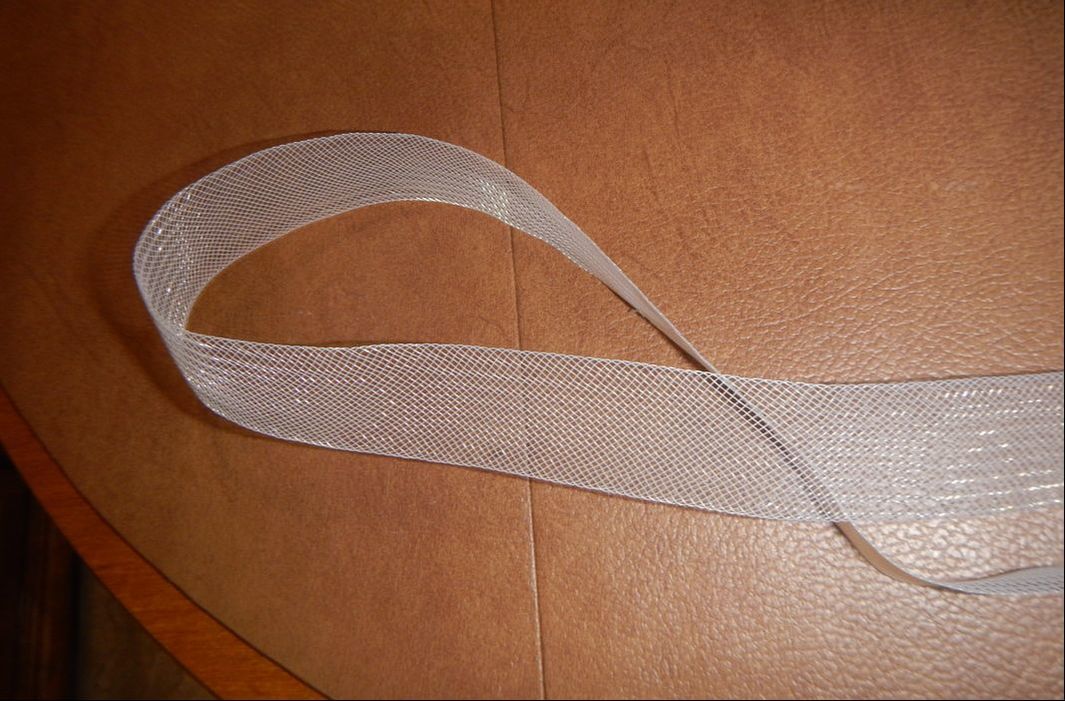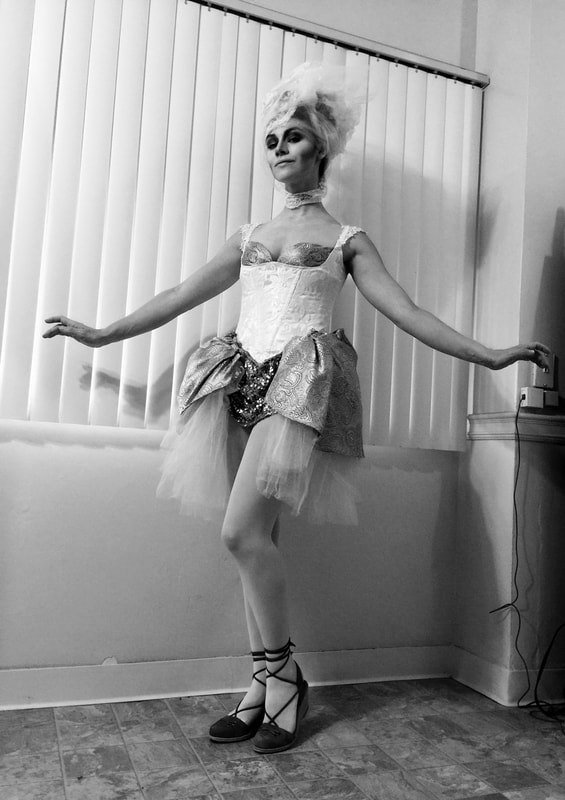|
A simple alteration, today. My client had a shift dress with spaghetti straps. The top of the dress had a ruffle over the bosom, which was sewn right-sides-together to the neck and arm holes, then turned right side out, thus finishing the neck and arm-holes and hiding all the raw edges under the ruffle. Simple and cute. The problem: the straps were too long for the wearer!
1 Comment
"Adaptive clothing" is the term for clothes which are designed for use by disabled people. The goal is to look like regular clothes, but to have adaptations that either make them easier to don, safer and more comfortable to wear in wheelchairs, or more practical for caregivers. By their nature, adaptive clothes can be unique to the individual. Recently, a friend came to me with a particular need: a man whose Parkinson's makes it difficult to get the narrow ends of his pants legs over his feet (even if you sit to do it, it still requires balance and co-ordination). She asked if I could install zippers in the bottom of the pant legs so he could unzip them, get them on, and then zip them down? I said of course!
If not... well... how does your brain work, then? I'm really interested, because it seems like such a normal thought to me, and I'd be curious to know how someone thinks who doesn't have that thought.
Ooh, look'it what I found! In-progress pics of the construction of the "wench" top! How fun! Well, you've already seen the result of the alterations, but read on to see how I did the alterations on the bridal bodice.
Remember this from May 2017, my post about draping a peplum top? The hem of the peplum is a skinny Calvin Klein hem, so called because at one point Calvin Klein garments used it a lot, not because Calvin Klein invented it. (I'll do a tutorial soon on the Calvin Klein hem, since I'm rather fond of it.) Well, "soon" has become "today"! I was recently working on hemming a wedding dress, and decided to use the Calvin Klein hem for the sheer silk overlay. The biggest advantage, for me, is that the hem is thin and inconspicuous. It also looks professional, not Becky-Home-Ecky. I got some halfway decent photos, so here is the process in pictures!
Here's an update on my salmon striped dress, an early experiment in pattern drafting and an entirely hand-sewn dress. Previously, I had bemoaned my failure to get the neckline right on this pattern; the pull of my bra straps in the strap-catchers and the movement of my arms in the armscyes always drew the neckline in, and that created awkward bunching which I would have to fix by tugging the shoulders outward. Part of the problem was the wide neckline which made the shoulder straps sit too close to the joint of my arm, and part of the problem was that I didn't interface or otherwise stabilize the neckline while sewing it, so it "grew".
Recently, I realized that this dress was languishing unworn in my closet, even though I like it and always get compliments when I wear it. So I fiddled with the neck and pinned out the excess into two outward-facing pleats that mimic the other pleats and darts. I hand-sewed these pleats down, and the dress finally works! I also finally got pictures of myself wearing it (many thanks to a random and confused tourist whom I press-ganged into doing the job), so I can analyze the pattern a little more. (I should subtitle this post "Finally!") |
Karen Roy
Quilting, dressmaking, and history plied with the needle... Sites I EnjoyThe Quilt Index Categories
All
Archives
March 2024
|





 RSS Feed
RSS Feed